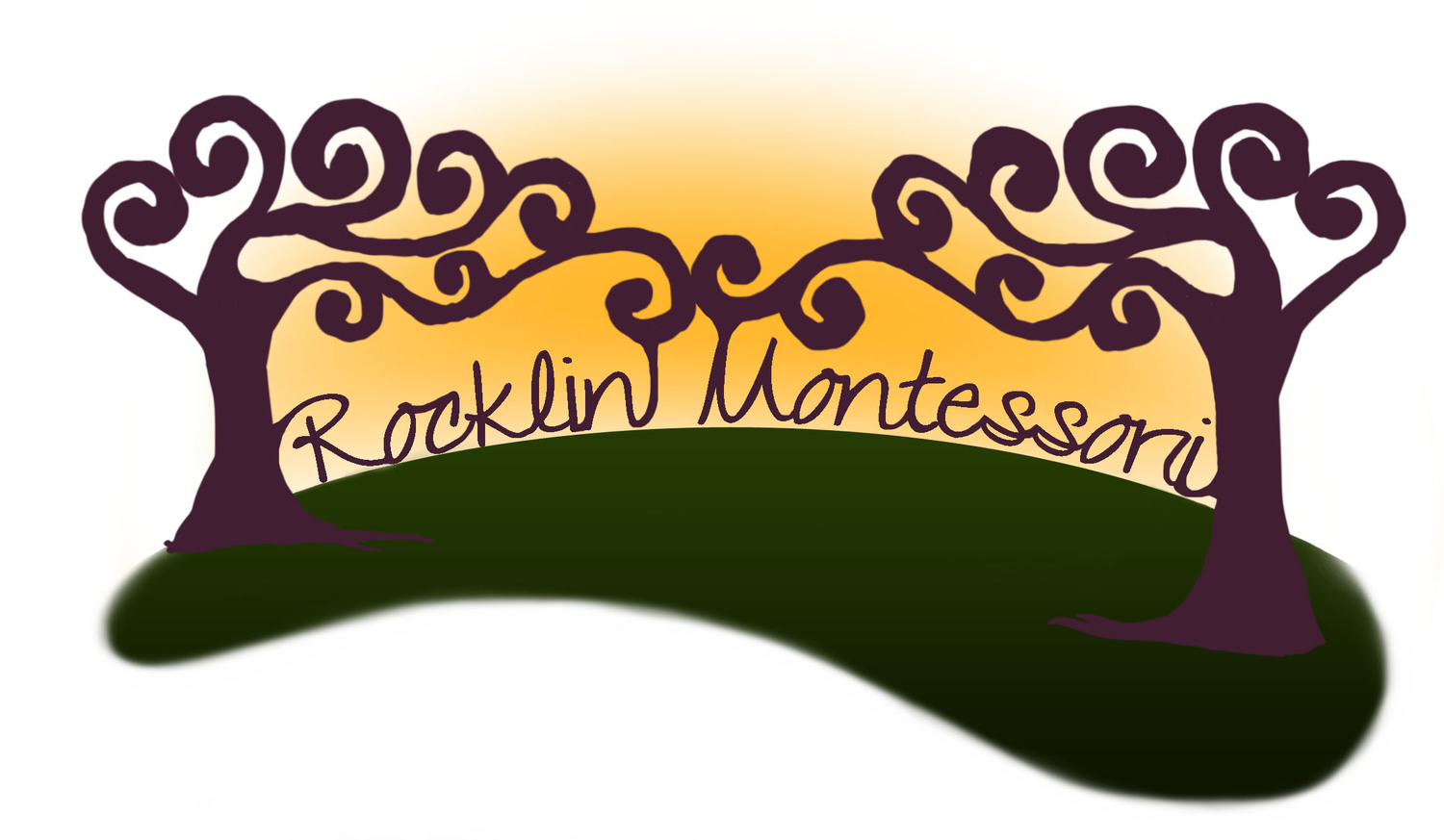“The environment must be rich in motives which lend interest to activity and invite the child to conduct his own experiences.”
- Dr. Maria Montessori
Each material in the Montessori classroom is designed to hone the child's concentration, coordination, order, independence, and self-confidence.
Practical Life
Practical Life is a core component of the Montessori environment. Using familiar objects and utensils, the exercises of practical life are designed to foster the child's independence and self-confidence as they bridge the gap from home to school. The activities involve the skills necessary for the child to care for themselves, others, and the environment, while simultaneously building the fine motor skills required for writing.
Aspects of Practical Life materials develop skills in grace and courtesy, carrying materials with great care, and returning materials neatly to the shelves.
Through this purposeful work, the child develops concentration, coordination, and order. This prepares the mind for more abstract concepts of learning in the future.
Language
Language development is seen throughout the classroom in myriad ways. Oral communication occurs constantly on a variety of levels, and specific activities are arranged to develop communication skills at circle time.
The writing sequence builds upon the small muscle coordination gained through Practical Life and Sensorial materials. This takes the child from early "writing" to more controlled letter formation.
Reading readiness activities are found throughout the classroom. These include matching, sorting, sequencing, and classifying. The visual discrimination necessary for reading is developed through exposure to the other areas of the classroom.
Art
The art materials are designed to allow children to experiment with various media, and to encourage creativity. The children are encouraged to express themselves and to explore the media. There are no mistakes with art. A variety of media are used, including watercolor, tempera, finger paint, shaving cream, chalk, markers, pastels, and collage.
Science
Science includes observational and tactile activities throughout the year. Children experience the butterfly's metamorphosis and chickens incubating and hatching. Various experiments are held, and a plethora of units are covered, some of which are mammals, dinosaurs, butterflies, silk worms, frogs, spiders, plants, body parts, weather, gravity, rocks, astronomy, sink & float, and magnetism.
Sensorial
Sensorial materials refine the senses: sights, sound, tactile, olfactory, baric (weight), kinesthetic (muscle memory), equilibrium, and chromatic. The materials provide numerous concrete opportunities for perceptual discrimination of graded objects. The skills of self-confidence, coordination, order, and independence developed through the use of Practical Life materials are further refined. Sensorial materials are a further preparation for reading, writing, and mathematics.
Math
Mathematics materials are sequenced to lead the child from the concrete to the abstract. The child begins working with materials that are very sensorial in nature. The sequence gradually increases in difficulty as the sensorial clues are reduced, and the child begins working with numbers in the abstract form of numerals on paper.
Peace
The peace curriculum encourages a child's understanding of the perspective of others and the development of kindness, compassion, appreciation, and friendship. Through specifically designed materials and books, the children learn how to speak and act with compassion. When children can trust that they will be heard and that their ideas and feelings are valued, they develop the confidence to try new things, express themselves, and learn with intention.
Geography
The children are introduced to the concepts of globes, land forms, countries, and cultures. While the subject is abstract, the materials used are specifically designed to build a basic understanding for future exploration. The children enjoy and are interested in learning about places, cultures, languages, people, and animals from around the world.
Music
Most music activities are done as a group as we sing with the guitar and rhythm instruments. A collection of international instruments are available for the children's use. A variety of finger-plays, action songs, dance, and movement activities take place daily.

